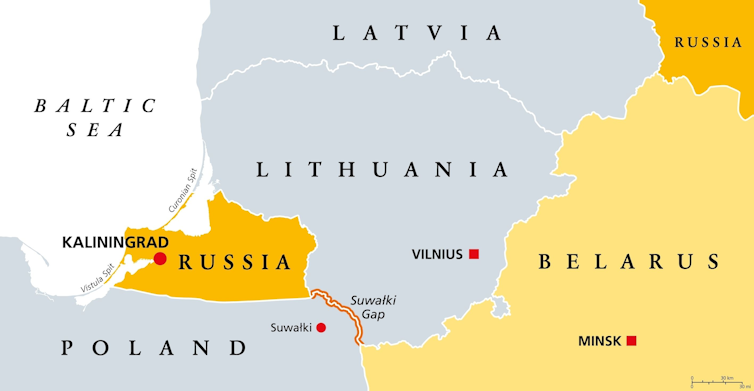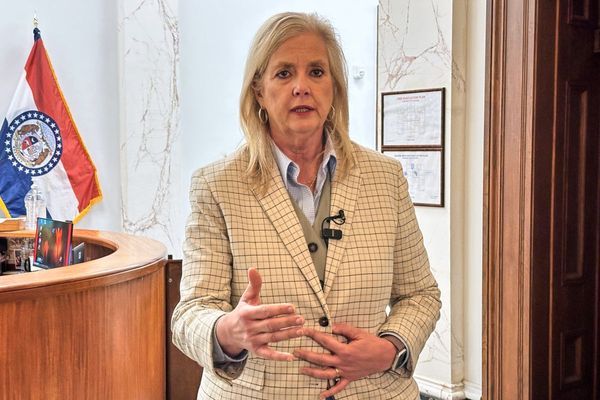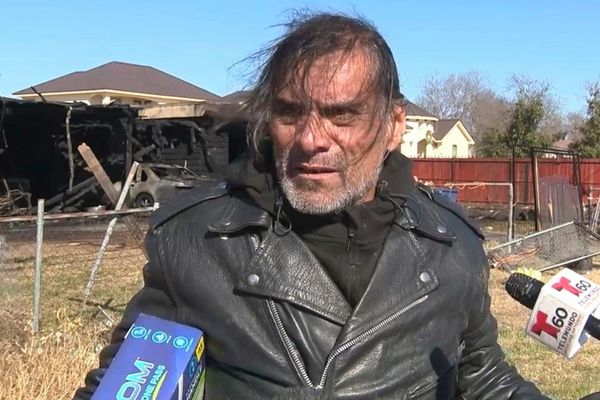Russia has pulled out of an important cold war-era treaty which limited categories of conventional military equipment that Nato and the then-Warsaw Pact could deploy. The 1990 Treaty on Conventional Armed Forces in Europe (CFE) was intended to use the warming of relations between east and west to minimise the risk of war in Europe.
Announcing its intention to withdraw from the treaty, Russia’s foreign ministry said the push for enlargement of Nato had led to alliance countries “openly circumventing” the treaty’s group restrictions. It added that the admission of Finland into Nato and Sweden’s application meant the treaty was dead.
The CFE treaty had aimed to reduce the opportunity for either side to launch a rapid offensive against the other. It placed verifiable limits on certain types of military equipment such as tanks, aircraft and artillery pieces. These are the types of equipment that would be indispensable for a surprise attack, but also necessary to turn the attack into a larger-scale operation.
Nato leaders had always feared a bolt-from-the-blue attack by the Soviet Union. The advantage in numbers of the Soviets – both of personnel and equipment – could not be matched by Nato, which relied on the threat of nuclear weapons to deter any attack.
The Soviets – and later the Russians – viewed the treaty as undermining that superiority in numbers and availability of conventional weapons. Accusing the US of breaching the treaty, Russia suspended its participation in 2007 but kept lines of communication open with Nato. In 2015 it stopped any participation in the treaty, again citing US breaches. In its turn, the US stopped actively implementing the treaty in 2011.
So Russia’s formal withdrawal from the treaty is not perhaps as significant, on its own, as it might appear. But it does prepare the way for an increase in production and deployment of those items identified by the treaty as necessary for sudden attacks. The war in Ukraine has meant a significant increase in the production of military equipment. As Nato member states are finding, their manufacturing capacity for ammunition and weapons is well below the use and wastage involved in the Ukraine war.
Putin is reengaging with his view of world history which sees the fall of the Soviet Union as a “geopolitical disaster” and its reestablishment as a matter of time. Along with Russia’s withdrawal from the Nuclear Test Ban Treaty (NTBT), it can be seen as an attempt to present Russia’s security activities in a more positive light to its allies and to wavering non-aligned nations.
In fact, the US never ratified the treaty and Moscow and Washington have exchanged angry words, each accusing the other of undermining the NTBT. This has helped nobody – activity in both the US and Russia has escalated tensions over nuclear testing.
Aggressive stance
Moscow’s increasingly aggressive stance will certainly add to concerns for the Baltic states and Poland. With a significant number of ethnic Russians as part of their populations, the risks of civil unrest leading to an escalation is rather high.
An opportunity to distract the population of Russia from the quagmire of the war in Ukraine would be useful for Putin – and the political rhetoric from Moscow might be sufficient to begin to do that. Putin presents Nato as a hostile and menacing alliance – a perspective that has been a recurring theme in Russian political discussions since the cold war and the dissolution of the Soviet Union.
Certainly, Nato has its eyes fixed on the Suwałki Gap. This runs along the border between Poland and Lithuania and is a potential weak point, connecting Belarus (which is firmly under the sway of Moscow) with the Russian enclave of Kaliningrad.

Read more: Ukraine war: all eyes on Lithuania as sanctions close Russian land access to Kaliningrad
A sudden assault here, against even a prepared Nato defence, could cut the links to the Baltic states quickly and present Nato with a fait accompli, blocking access to Lithuania, Latvia and Estonia. Nato would then have to decide on its response, risking escalation. But the Russians would need to be more competent and capable in their military adventures than they have been shown to be in Ukraine.
The likelihood of a Russian attack is small, but Putin likes to keep his options open. He is also an experienced propagandist and will use whatever levers he has to try and prise Nato’s members apart. A political crisis caused by elements loyal to Moscow, but plausibly deniable by Putin, in this region could provide the type of rupture in Nato’s unity that he would welcome.
The north Atlantic alliance is not as united in its approach to the war in Ukraine as it might be – and public attention in many member countries has dropped off as the war has dragged on. The events in Israel and Gaza have increased the distraction from the war in Ukraine and provided Russia with greater opportunities to strengthen ties to anti-western groups and countries in the Middle East.
Announcements such as Russia’s withdrawal from the CFE should not necessarily be a major concern – not immediately, in any case. But Putin’s activities and his goals should not be underestimated either.
Kenton White does not work for, consult, own shares in or receive funding from any company or organisation that would benefit from this article, and has disclosed no relevant affiliations beyond their academic appointment.
This article was originally published on The Conversation. Read the original article.







